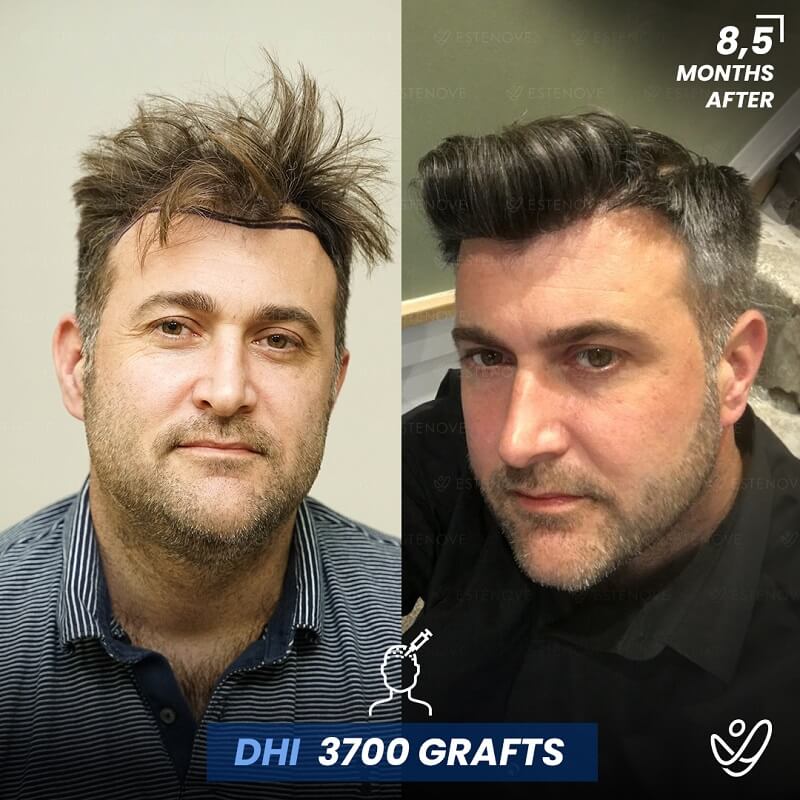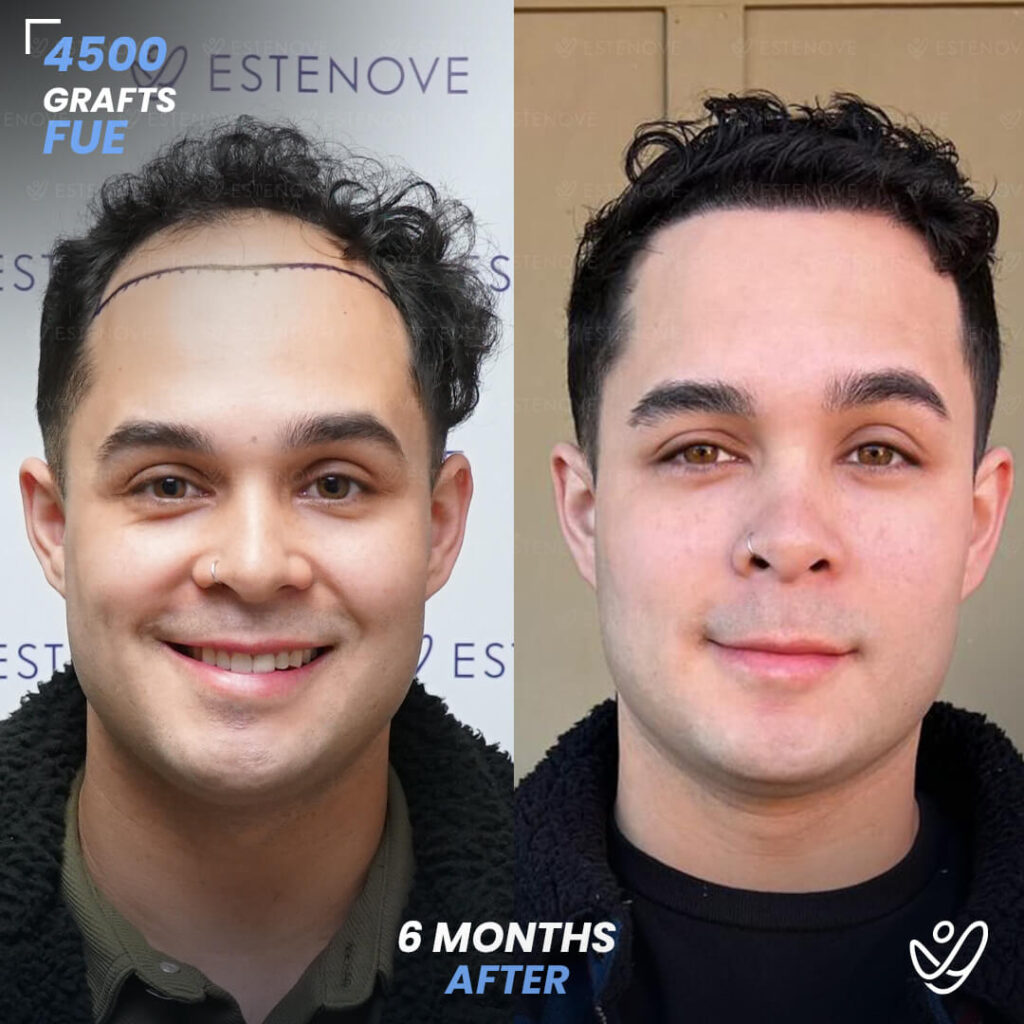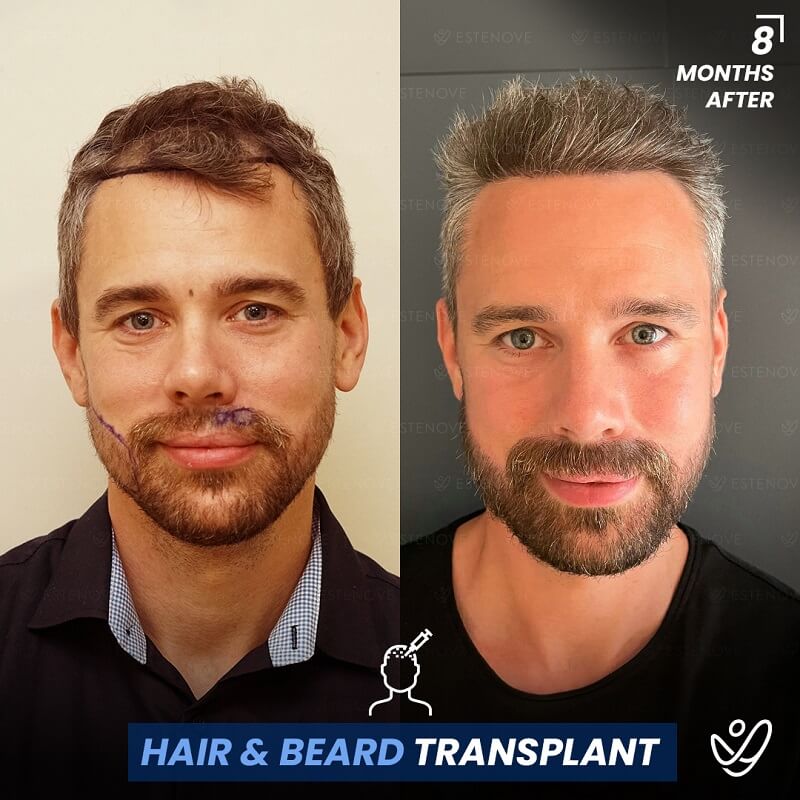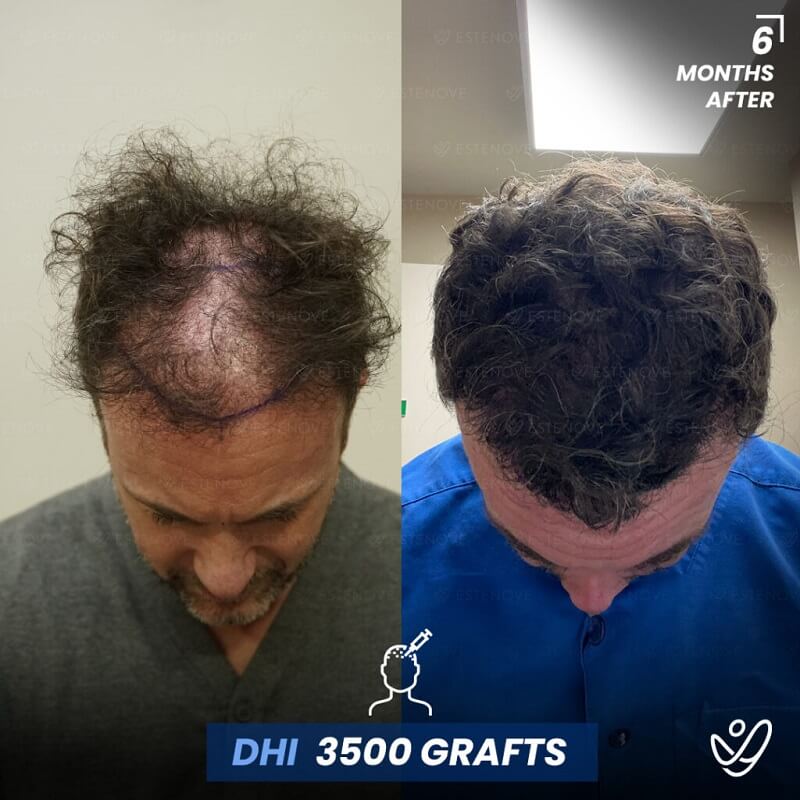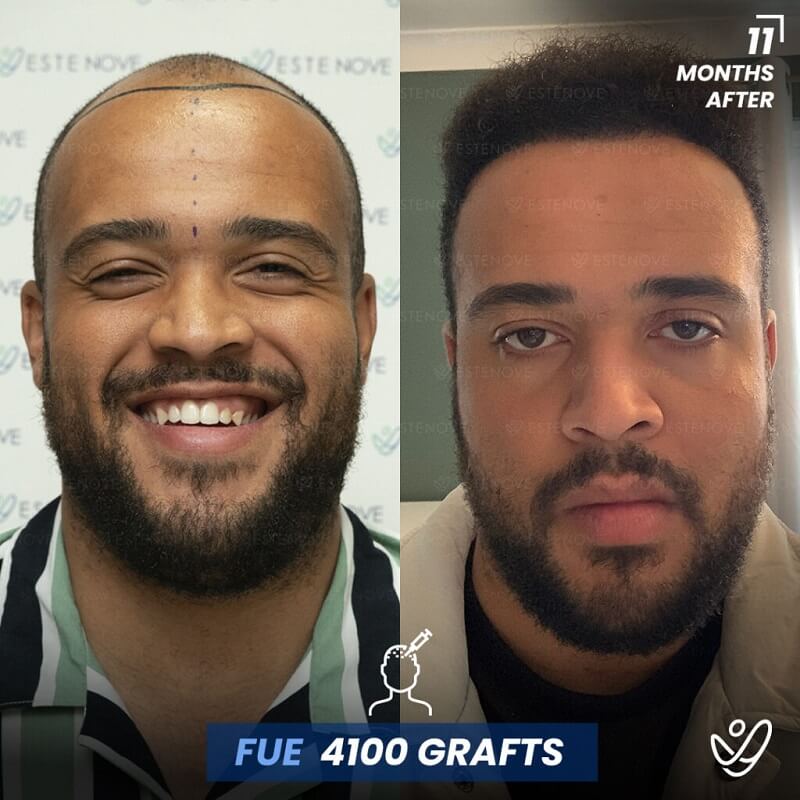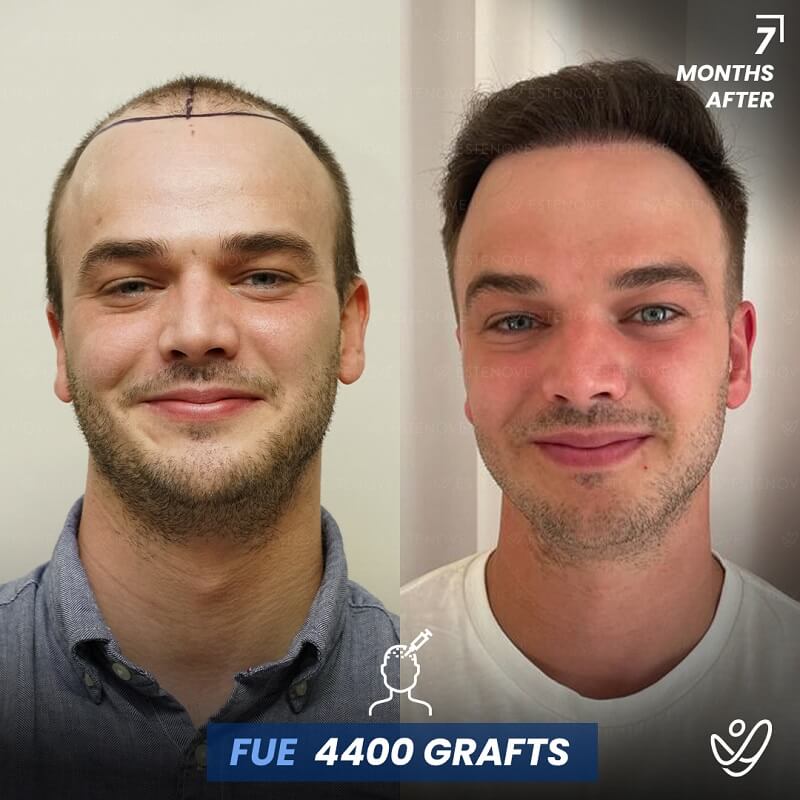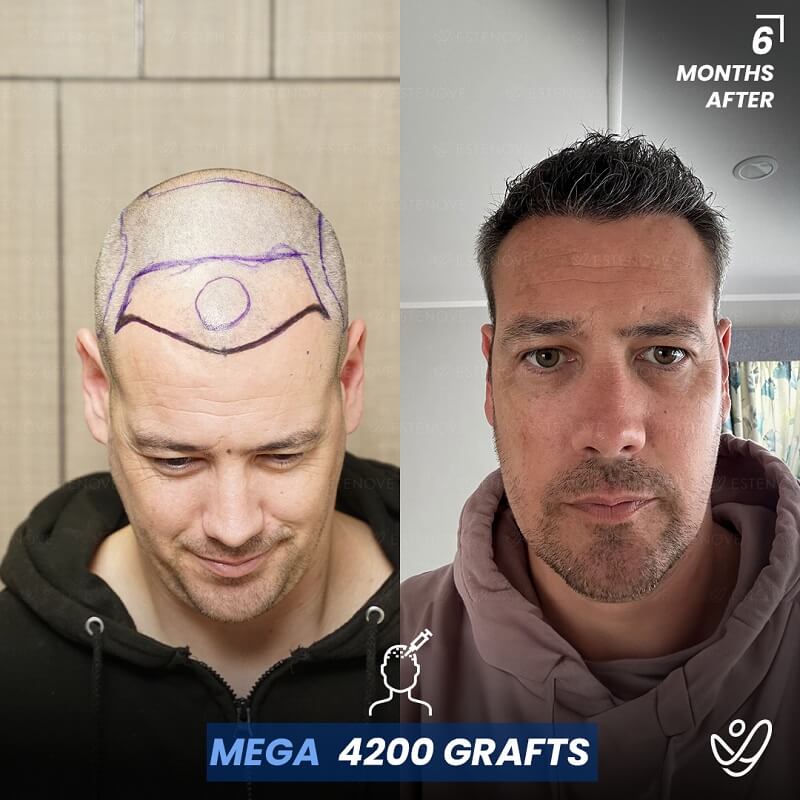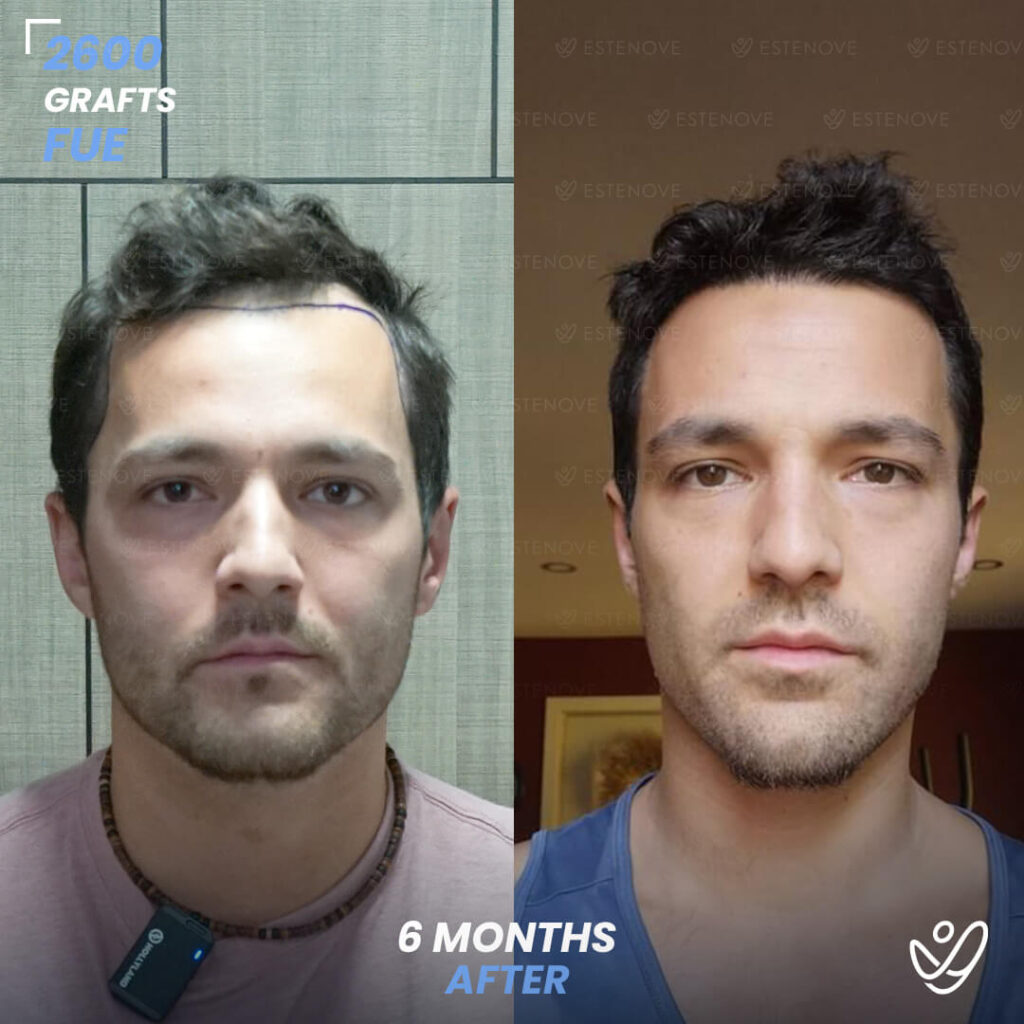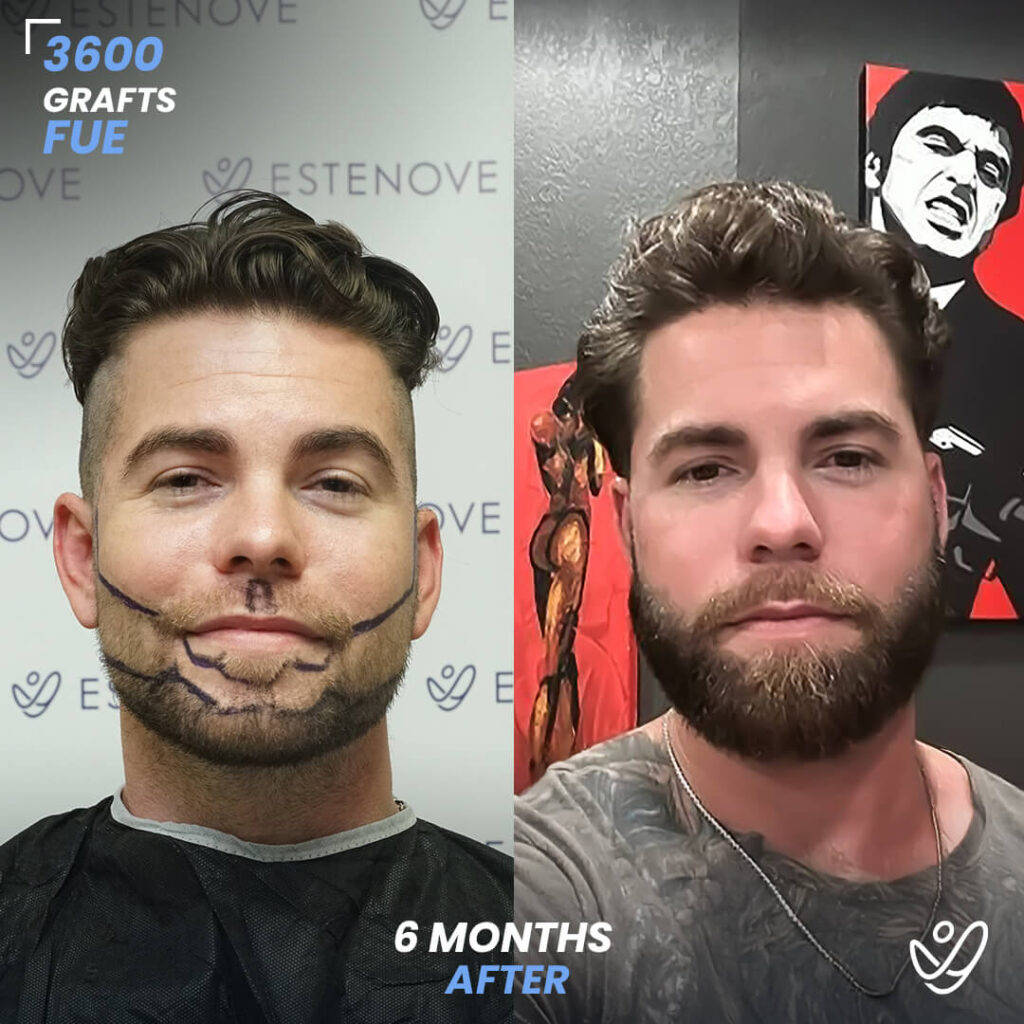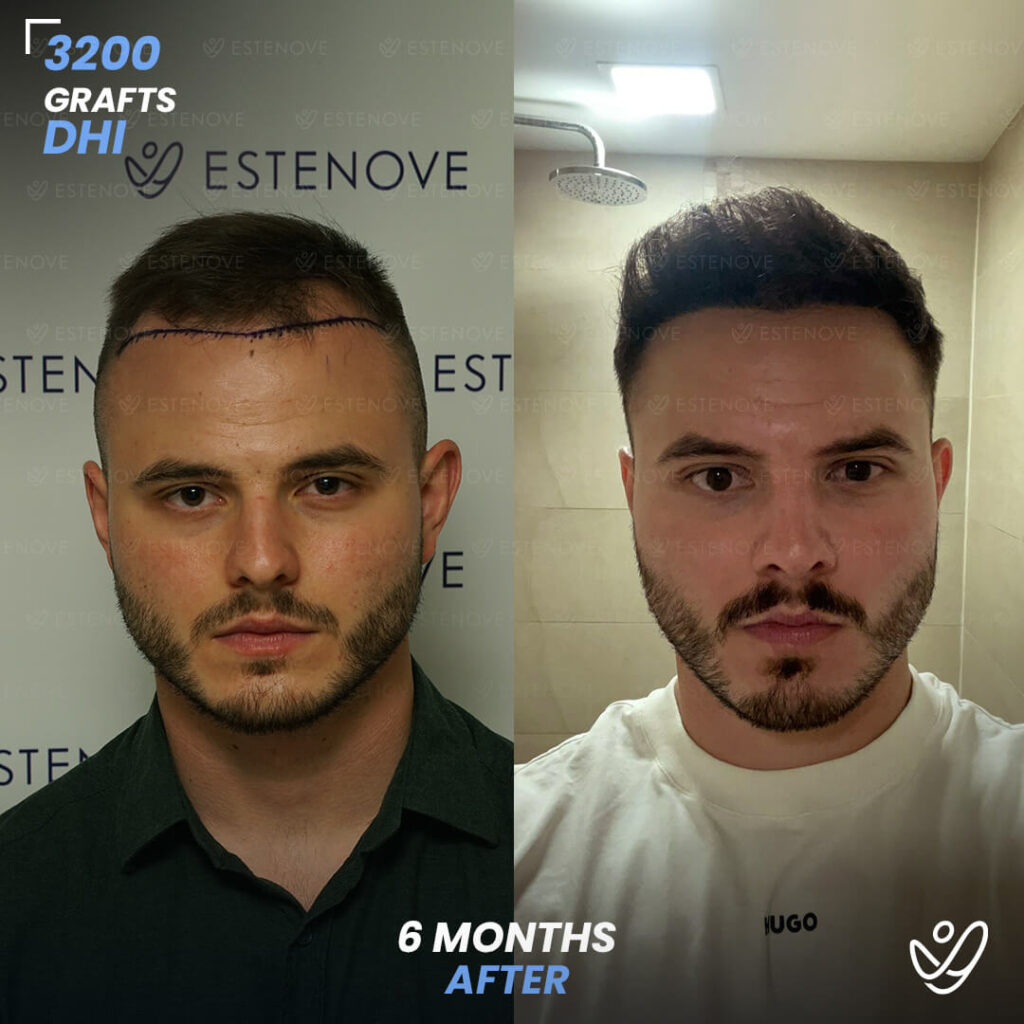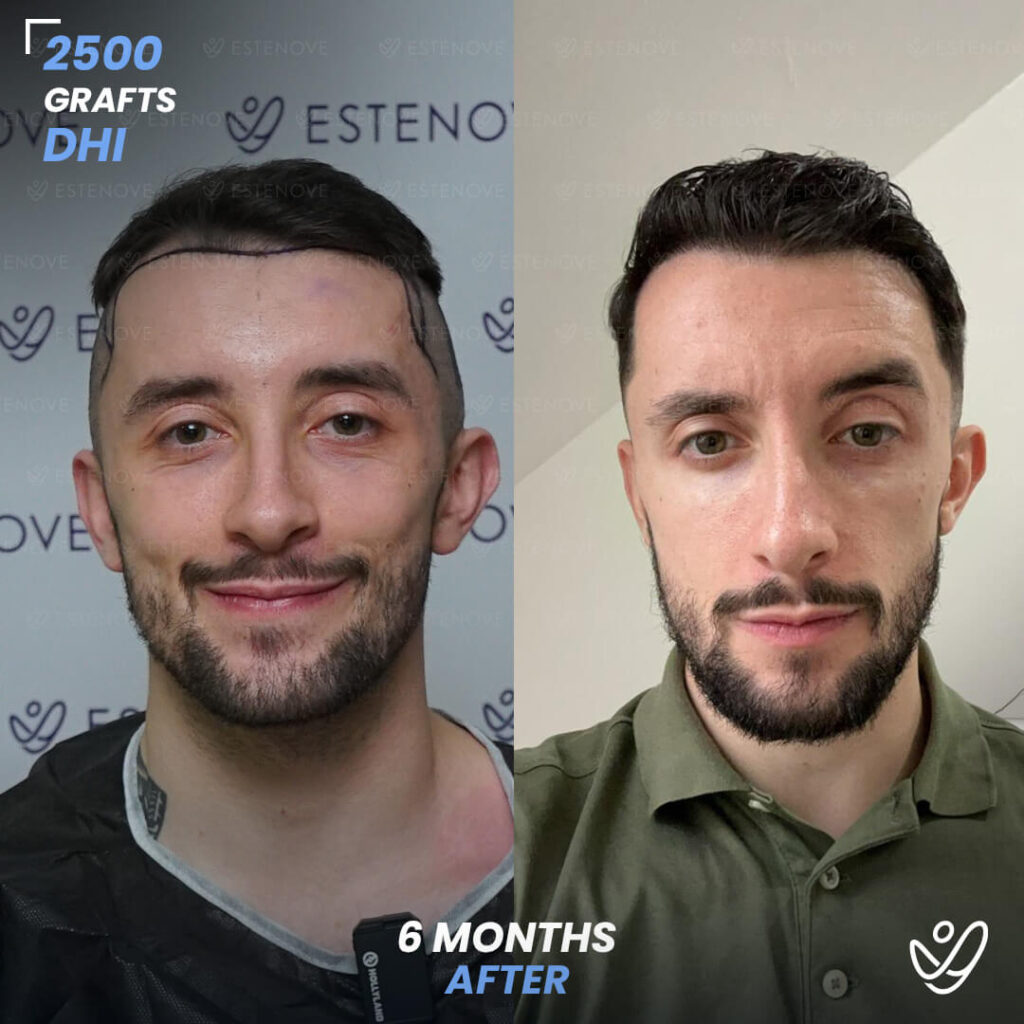
Hair plugs are a hair restoration technique that has been used for several decades. They involve the transplantation of small clusters of hair follicles from one part of the body to another to address hair loss issues. While the concept of hair plugs may seem simple, there is much more to understand about this procedure. In this article, we will explore the science behind hair plugs, the procedure itself, the pros and cons, and how it compares to other hair restoration techniques. We will also answer some frequently asked questions to provide a comprehensive understanding of hair plugs.
Understanding the Concept of Hair Plugs
The Science Behind Hair Plugs
Hair plugs work on the principle of hair follicle transplantation. The hair follicles are taken from a donor site that usually has healthy hair growth, such as the back of the head, and implanted into the recipient site, which is the area experiencing hair loss. The transplanted follicles continue to grow hair, resulting in improved hair density and coverage in the recipient area.
The success of hair plugs relies on the ability of the transplanted follicles to establish a blood supply and integrate with the surrounding tissues. Proper donor site selection and the experience of the surgeon performing the procedure are crucial factors that determine the success of the hair plug transplantation.
The Evolution of Hair Plugs
Over the years, hair plugs have undergone significant advancements. The early techniques often resulted in an unnatural appearance, with obvious clumps of transplanted hair. However, modern hair plug procedures now use smaller grafts called follicular units. These units typically contain one to four hairs, mimicking the natural hair growth pattern.
The use of tiny incisions for implantation and the careful placement of the grafts have also improved the overall aesthetics of hair plugs. Patients can achieve a more natural-looking hairline with better density and distribution.
Advancements in technology have further enhanced the field of hair transplantation. Robotic systems are now being used in some clinics to assist surgeons in harvesting and implanting hair follicles with precision. These systems can analyze the scalp and determine the best follicles for extraction, leading to more efficient procedures and potentially better outcomes for patients.
Additionally, research in the field of regenerative medicine has opened up new possibilities for hair restoration. Scientists are exploring techniques to stimulate dormant hair follicles and promote hair growth without the need for transplantation. This exciting avenue of research holds promise for individuals seeking non-invasive alternatives to traditional hair plug procedures.
The Procedure of Hair Plugs
Pre-Procedure Preparations
Prior to the hair plug procedure, you will have a consultation with the surgeon. This initial meeting serves as an opportunity for the surgeon to assess your hair loss pattern and determine the appropriate donor site for graft extraction. They will carefully examine your scalp, taking into account factors such as hair density, texture, and color. Based on their evaluation, the surgeon will then discuss with you the expected outcome and explain the limitations of hair plugs.
During the consultation, the surgeon may also provide you with valuable insights into the procedure, sharing before-and-after photos of previous patients who have undergone hair plug surgery. This visual representation can help you visualize the potential results and manage your expectations effectively. Additionally, the surgeon may advise you to avoid certain medications that can interfere with the procedure’s success, such as blood thinners. They may also recommend specific hair care practices, like washing your hair the night before the procedure, to ensure optimal conditions for the surgery.
The Process of Implanting Hair Plugs
On the day of the procedure, you will be given local anesthesia to ensure your comfort throughout the process. The surgeon will then begin the extraction of donor grafts, using specialized tools designed to minimize trauma to the surrounding areas. This meticulous approach allows for the preservation of healthy follicles, maximizing the chances of successful transplantation.
Once the grafts are prepared, the surgeon will proceed to create tiny incisions in the recipient area. These incisions are strategically placed to mimic the natural hair growth pattern, ensuring a seamless and undetectable result. The surgeon’s expertise comes into play as they meticulously implant the grafts, paying close attention to the direction and angle of hair growth. This attention to detail is crucial in achieving a natural and aesthetically pleasing outcome.
Depending on the extent of the hair loss and the number of grafts needed, the procedure can take several hours. However, rest assured that the surgeon will take their time to ensure every graft is placed with precision and care.
Post-Procedure Care and Maintenance
Following the hair plug procedure, it is normal to experience some redness, swelling, and minor discomfort in the treated areas. These side effects are temporary and typically subside within a few days. To manage any discomfort or promote faster healing, the surgeon may prescribe medications or provide recommendations such as applying cold compresses or using specialized shampoos.
Proper post-procedure care is crucial for the success of the hair plug transplantation. Your surgeon will provide you with specific instructions tailored to your individual needs. These instructions may include gentle cleansing of the scalp, avoiding excessive sun exposure, and refraining from activities that may disrupt the newly transplanted grafts, such as strenuous exercise or wearing hats that rub against the scalp.
Within a few weeks, the transplanted hair will shed, which is a normal part of the hair growth cycle. However, there is no need to worry, as new hair growth will begin within a few months. Patience is key during this phase, as it takes time for the transplanted follicles to establish themselves and start producing new, permanent hair.
Pros and Cons of Hair Plugs
Advantages of Opting for Hair Plugs
One of the key advantages of hair plugs is the permanent hair restoration they offer. Once the transplanted hair begins to grow, it will continue to do so for a lifetime. This eliminates the need for frequent touch-ups or ongoing treatments.
Another advantage is the natural-looking results that can be achieved with hair plugs. Skilled surgeons know how to create a hairline that blends seamlessly with the existing hair, providing a restored and youthful appearance.
Potential Drawbacks and Risks
Like any surgical procedure, there are potential risks associated with hair plugs. These include infection, scarring, or poor graft survival. However, with a qualified and experienced surgeon, the risk of complications is significantly reduced.
It’s important to note that hair plugs may not be suitable for everyone. The success of the procedure depends on factors such as the type of hair loss, the availability of donor hair, and the patient’s expectations. Consulting with a board-certified surgeon is essential to determine if hair plugs are the right choice for you.
Comparing Hair Plugs with Other Hair Restoration Techniques
Hair Plugs vs Hair Transplant
While hair plugs and hair transplants both involve the transplantation of hair follicles, they differ in terms of graft size and placement technique. Hair transplants use smaller, individual follicular units, resulting in a more natural appearance. Hair plugs, on the other hand, involve larger grafts that can sometimes cause a “pluggy” look.
The choice between hair plugs and hair transplants depends on the extent of hair loss, the desired outcome, and the patient’s individual circumstances. Consulting with a surgeon specializing in both techniques can help determine the best approach for each case.
Hair Plugs vs Scalp Micropigmentation
Scalp micropigmentation (SMP) is a non-surgical hair restoration technique that involves tattooing tiny dots on the scalp to mimic the appearance of hair follicles. SMP is mainly used to create the illusion of a shaved head or add density to areas with thinning hair.
While both hair plugs and SMP can address hair loss concerns, they offer different outcomes. Hair plugs provide actual hair growth, while SMP creates the appearance of hair follicles. Factors such as the desired look, budget, and personal preferences can influence the decision between these two options.
Frequently Asked Questions About Hair Plugs
Who Is an Ideal Candidate for Hair Plugs?
Individuals experiencing hair loss or thinning hair can be potential candidates for hair plugs. The suitability of the procedure depends on factors such as the cause of hair loss, the quality of donor hair, and the patient’s expectations. A consultation with a qualified surgeon can determine if hair plugs are the right solution for each individual case.
How Long Do Hair Plugs Last?
Once the transplanted hair begins to grow, it will continue to do so for a lifetime. The permanence of the results is one of the significant advantages of hair plugs. However, it is important to note that non-transplanted hair in the recipient area may still experience natural hair loss, which can affect overall hair density over time.
What Is the Cost of Hair Plugs?
The cost of hair plugs varies depending on several factors, including the extent of hair loss, the number of grafts needed, and the geographic location of the clinic. On average, hair plug procedures can range from a few thousand dollars to tens of thousands of dollars. It’s essential to consult with a surgeon for a personalized evaluation and cost estimate.
Hair plugs are a hair restoration technique that involves the transplantation of hair follicles to address hair loss concerns. This procedure has evolved over the years, providing more natural-looking results with better graft placement techniques. While hair plugs offer permanent hair restoration and a natural appearance, they may not be suitable for everyone. Consulting with a qualified surgeon specializing in hair restoration can help determine the best approach for each individual case.


